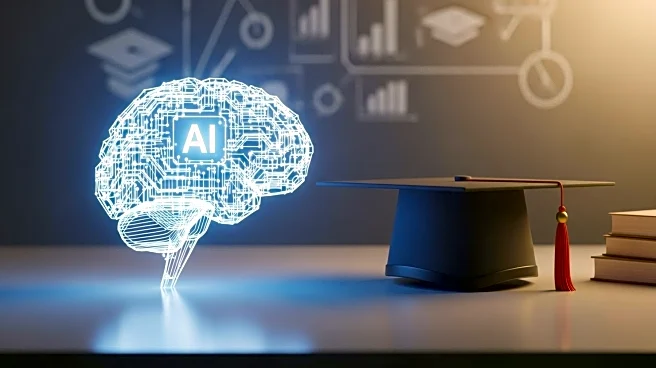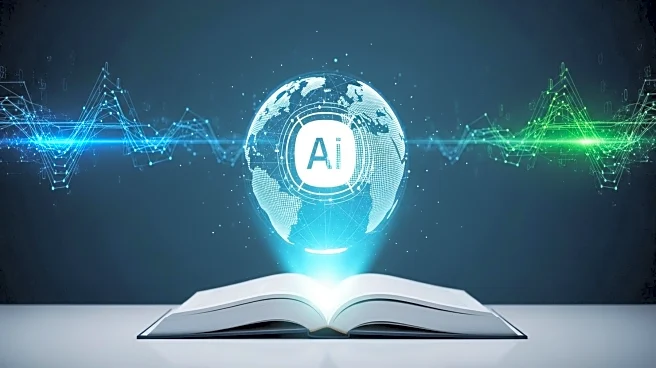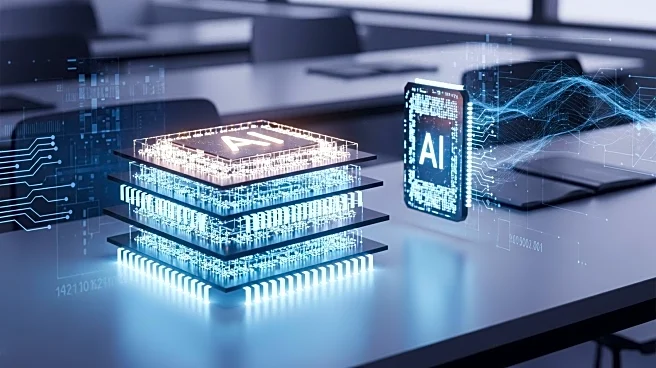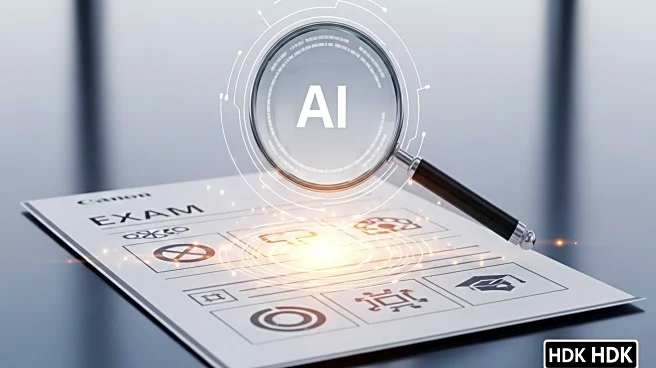What's Happening?
The integration of artificial intelligence in K-12 and higher education is reaching a critical point, as educators and students increasingly rely on AI tools for various tasks. This includes AI-written essays, problem sets, and curricula. The widespread adoption of AI has transformed educational environments, prompting discussions on its implications for teaching and learning. Educators are grappling with the normalization of AI use among students, which has become a default part of their academic experience. The conversation around AI in education is evolving, with some advocating for a redesign of educational practices to address the challenges posed by AI.
Why It's Important?
The growing reliance on AI in education raises concerns about its impact on critical thinking and traditional learning methods. As AI becomes more embedded in educational systems, it challenges existing pedagogical approaches and necessitates a reevaluation of how education is delivered. The debate highlights the need for balancing technological advancements with the preservation of essential skills and knowledge. The shift towards AI-driven education could lead to changes in curriculum design, teaching strategies, and assessment methods, affecting students' preparedness for future careers. It also underscores the importance of equipping educators with the tools and understanding needed to effectively integrate AI into their teaching.
Beyond the Headlines
The use of AI in education reflects broader cultural shifts towards efficiency and productivity, potentially at the expense of deeper learning experiences. This trend may contribute to a 'pedagogical debt,' where quick solutions overshadow long-term educational goals. The conversation around AI in schools also touches on ethical considerations, such as the potential erosion of critical thinking skills and the need for a balanced approach to technology use. As AI continues to shape educational practices, it prompts discussions on the role of human interaction and creativity in learning, challenging educators to find ways to integrate technology without compromising educational integrity.











